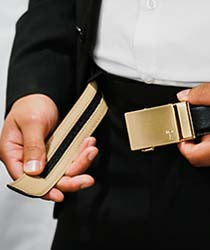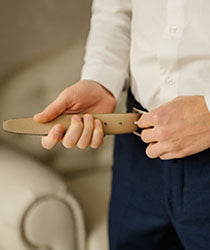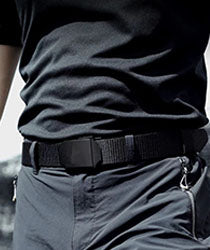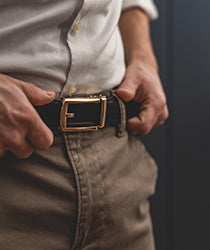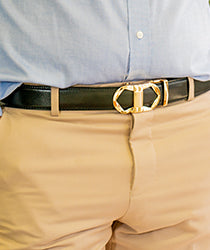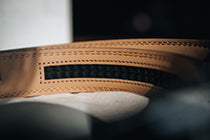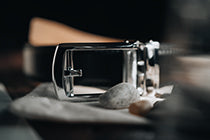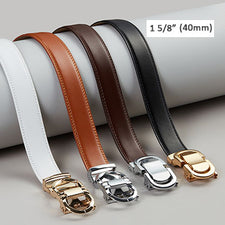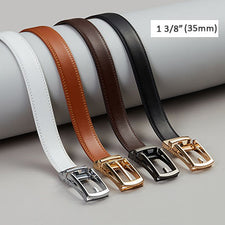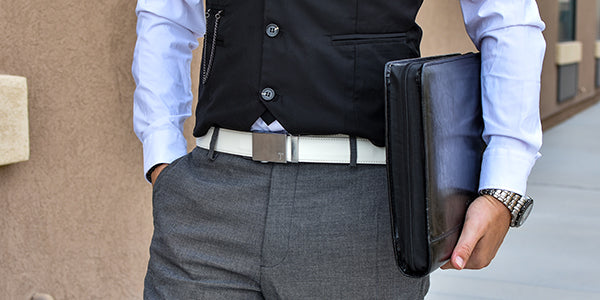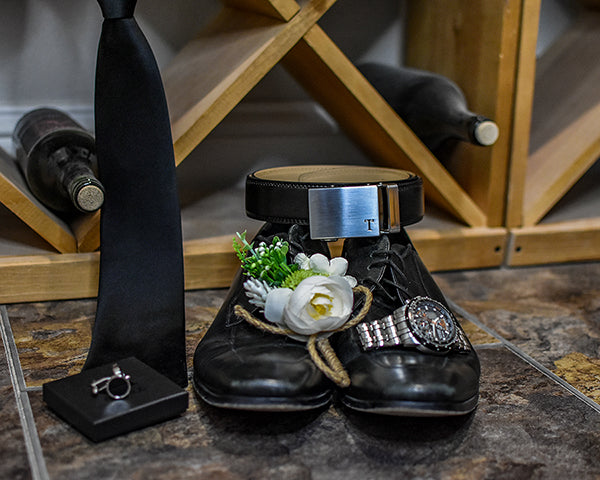Color matching definitely is the biggest headache when dressing. Considering that men are more likely to be insensitive in terms of discerning colors; hence, many online bloggers who care about men's closets are zealous to advise on their male audience's requests and lend a helping hand when they have met with a fashion problem.
They give very helpful and practical suggestions and tips, except for the color wheel teaching aid prop (I believe it has been banned from showing up in the fashion education blogs due to its didactic function.) However, they appear complicated and too long to remember. Thus, I reckon you need a more straightforward color-matching knowledge sheet version. Here it is, and it is composed of only two bullet points.
I. Find Your Core Color(s)
- What are the core colors?
A core color means the color that will appear on most of your body. Simply put, it is the basic color around which the accessories, belts, shoes, and pop colors are built. Therefore, the basic color mustn’t be a POP color, and it better be one or two neutral colors: black, olive, grey, brown, navy blue, and white. You should pick two of those at most because too many basic colors will also ruin the look. You can apply the basic color(s) to any clothes you are wearing, such as a shirt, jacket, or pants.
- How to Match color?
Here is a kind reminder: it is recommended that the main piece of your look should be in one of these colors, specifically, pants, jackets, shirts, and shoes. To this point, you don’t have to think about: how to match my belt / ring / tie. Since the point of going with basic color(s) first is for you to set the basic tone of your look, and if you ignore the larger pack and tilt towards the smaller and tiny pieces, that is not the right way to do it.
II. Build Round the Core Color(s)
You have decided what impression you want people to have on you with your core color(s), now is the time to scaffold on that until you finish the look.
Personally speaking and on behalf of all the men out there, I must let you know that matching colors is not as fun and engaging for males as it is for females, considering our weaker genetic heritage. So I suggest keeping things as simple as possible.
- A golden rule of thumb: no more than 3 colors on your look.
However, you are allowed to wear one, but only one pop-colored piece on you, for instance, a pullover or a sweater. That will make you pop instead of making you look like a clown.
Belts and ties are indispensable for some men, and I know that. So here are some basic know-hows on the matching tips for those two garments.
- Men only have two colors of belts?
This is not true, if you have watched some shows where men wear all sorts of bizarre accessories, you will refute me on that immediately. But we are talking about real men who are sane. For them, belts have only two colors to choose from: black and brown. When is black and when is brown? In my experience, most men wear a black belt when they are monochromical black. As for brown, there are more cases to choose from.
- How do you match a tie?
I also have some rather good suggestions for picking ties. Just remember, avoid the dullness, so do not go for all the same color, pattern, scale, and proportion. On the contrary, mix them up. By this, I mean the tie and shirt should have distinctly different features. If the shirt is wide striped or monochromatic, the tie better is checkered or dotted, and vice versa.
Conclusion
Lastly, here is the recap on the whole color matching act:
- There is only one main color, two at most. This main color is the foundation color and shall do the heavy lifting. Black, olive, grey, white, navy blue, and brown are the main 6 neutral colors chosen as the foundation color(s).
- Leave room for only one pop color. This color is supposed to light up the whole look, and one iridescent color suffices. In general, bright colors are more likely to be considered and can turn into a pullover or sweater. Some ornamental color element on the shoes is edgy, like fluorescent shoe laces.
- You should not have more than 3 colors on you. You can put the colors of the same hue but in the discrepancy of shades together to create a sense of overlapping, which is acceptable and acceptable.
Ready to dress sharp and command respect with the right accessory? Click here to discover Tonywell, the Professional Accessories Supplier.

